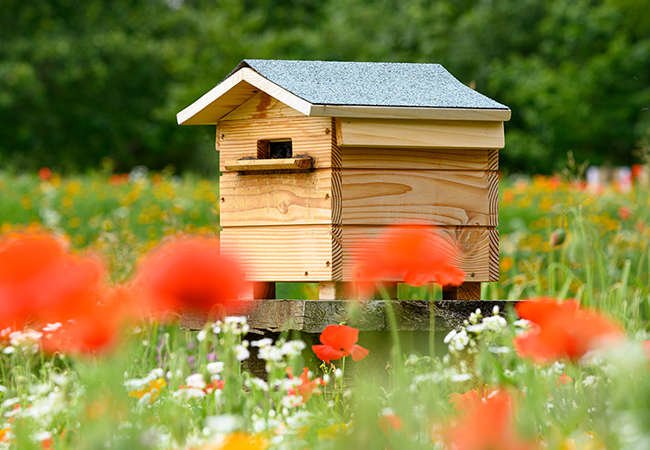

We may earn revenue from the products available on this page and participate in affiliate programs. Learn More ›
Home Advice You Can Trust
Tips, tricks & ideas for a better home and yard, delivered to your inbox daily.
Backyard Beekeeping
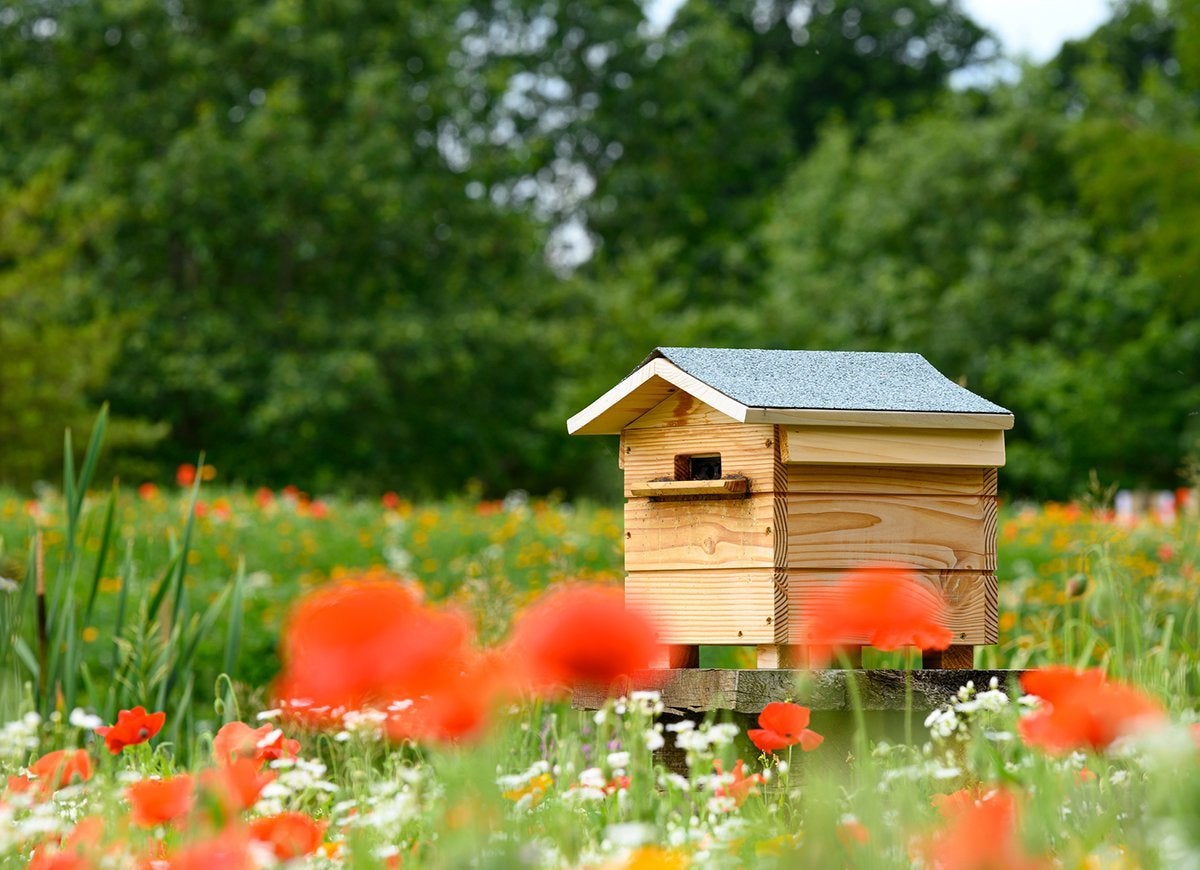
Backyard beekeeping has been on the rise in the last decade or so, with many folks doing what they can to help pollinators during tough times. Sadly, honeybees and other pollinator populations have been on a decline due to widespread pesticide use and loss of habitat among other reasons—some mysterious! Scientists are investigating whether increased cell phone use is a factor. Without these pollinators, we’re likely to lose roughly 70 percent of food crops worldwide. Having an apiary is an environmentally helpful hobby that yields sweet rewards in terms of homemade honey. You can’t just buy a bunch of bees and get busy, however—there are rules, risks, and research involved. So start clicking to learn the secrets of beekeeping success.
Check with your municipality and neighbors.
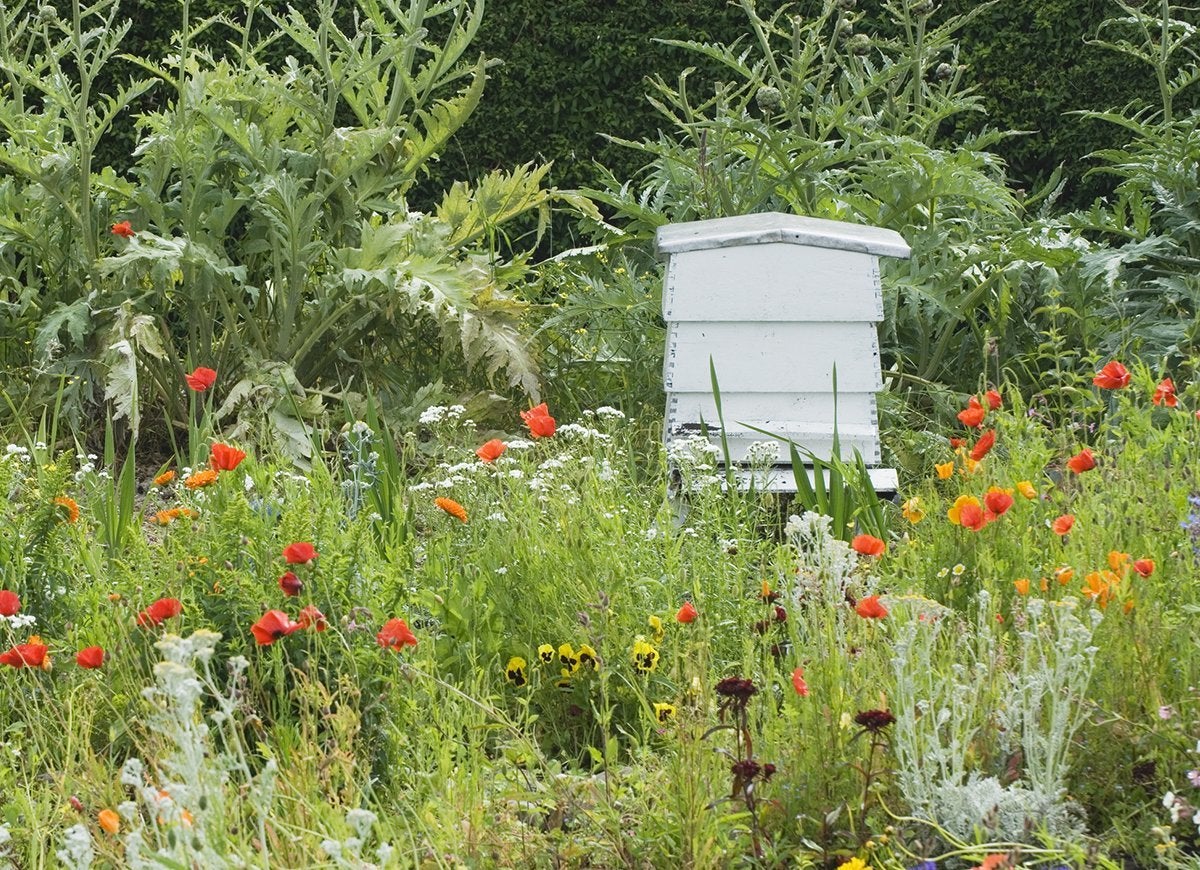
Even though honeybees don’t negatively impact their environment, many towns and cities have strict rules banning them from backyards. So reach out to your town government to see if beekeeping is allowed. Also check with your neighbors to find out if they’re okay with you having a backyard hive. Honeybees are generally very docile, and a hive or two will hardly noticeable. But springing 30,000 stinging insects on folks can be intimidating. Be considerate and ask first.
Do your research.

There are few topics as well covered and documented as beekeeping, so you should have no issue finding material to read. YouTube is also full of great video content. Do as much research as you can before you order your bees and thereafter as well. Even experienced beekeepers learn new things from their hives. Still, there are a few topics you should have a strong foundation in before your bees arrive.
Order high-quality equipment.
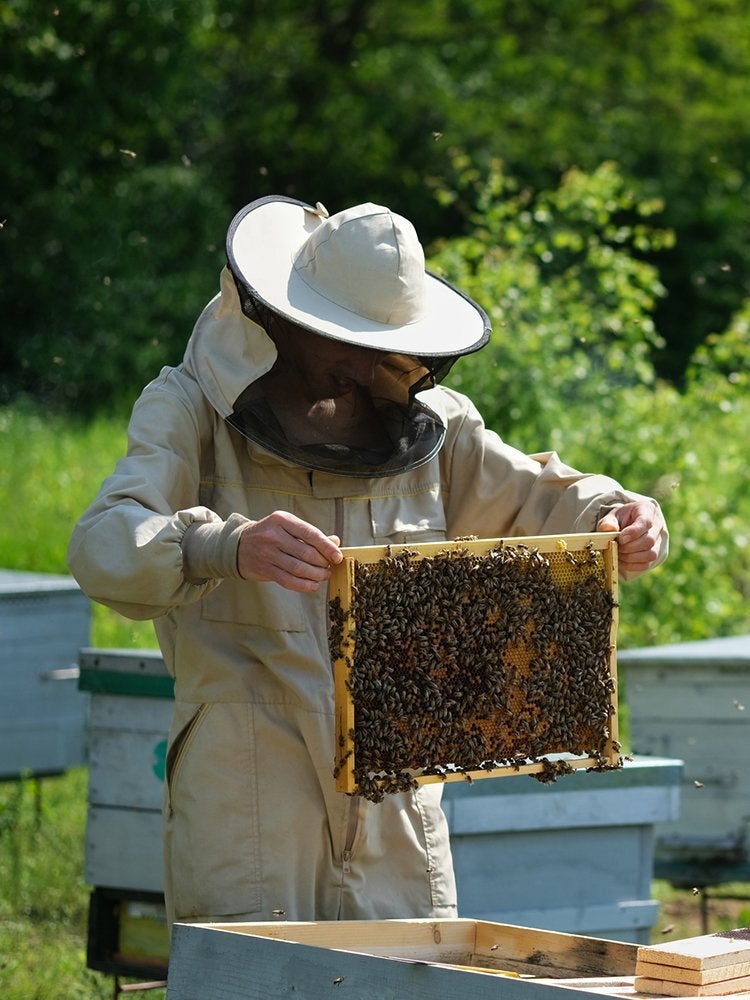
Beekeeping isn’t as expensive as hobbies like golf or boating, but there are varying grades of equipment. If you’re not building your own hive, purchase hive bodies with finger joints for extra strength. You can also buy equipment—such as the hive tool, gloves, and smoker—in a kit, so you don’t needn’t bother tracking down everything you need individually.
Find the best site for your new hive.
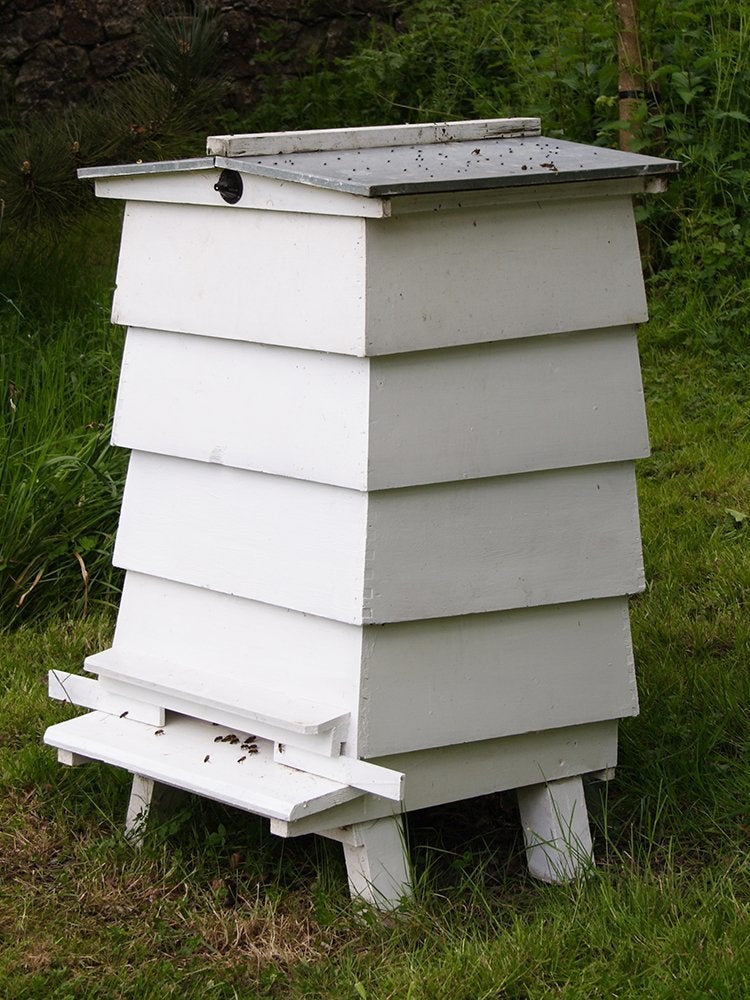
A hive doesn’t require a ton of space, but it’s best to provide bees an area to themselves, so designate a corner of the yard for them. They aren’t likely to bother children or pets unless provoked, so it needn’t be a huge lifestyle change for anyone.
Pretty up your hive.
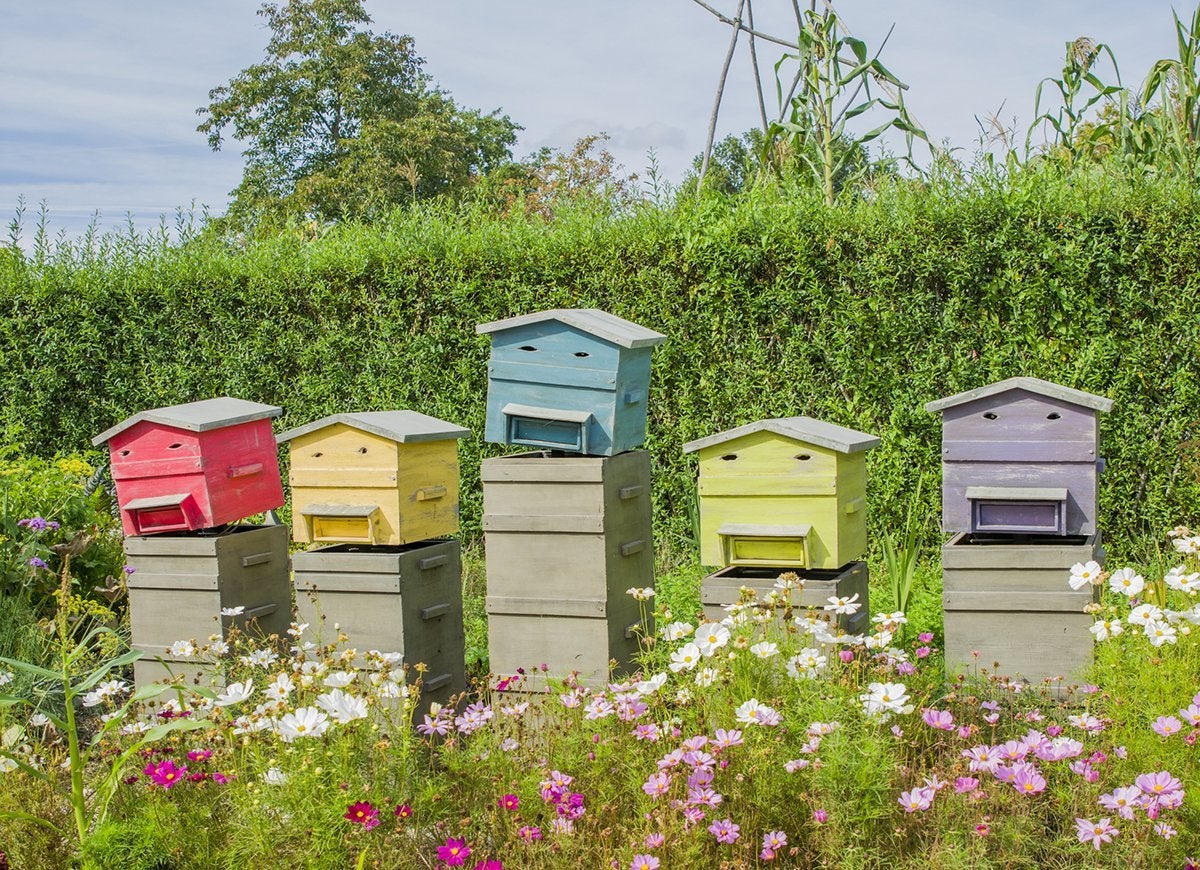
To make your hive can a focal point, paint your them in a fun color, staying away from dark shades that soak up heat from the sun. Include cool designs or pictures, which will help get kids and excited about their 30,000 new family members.
Give the weed whacker a rest.
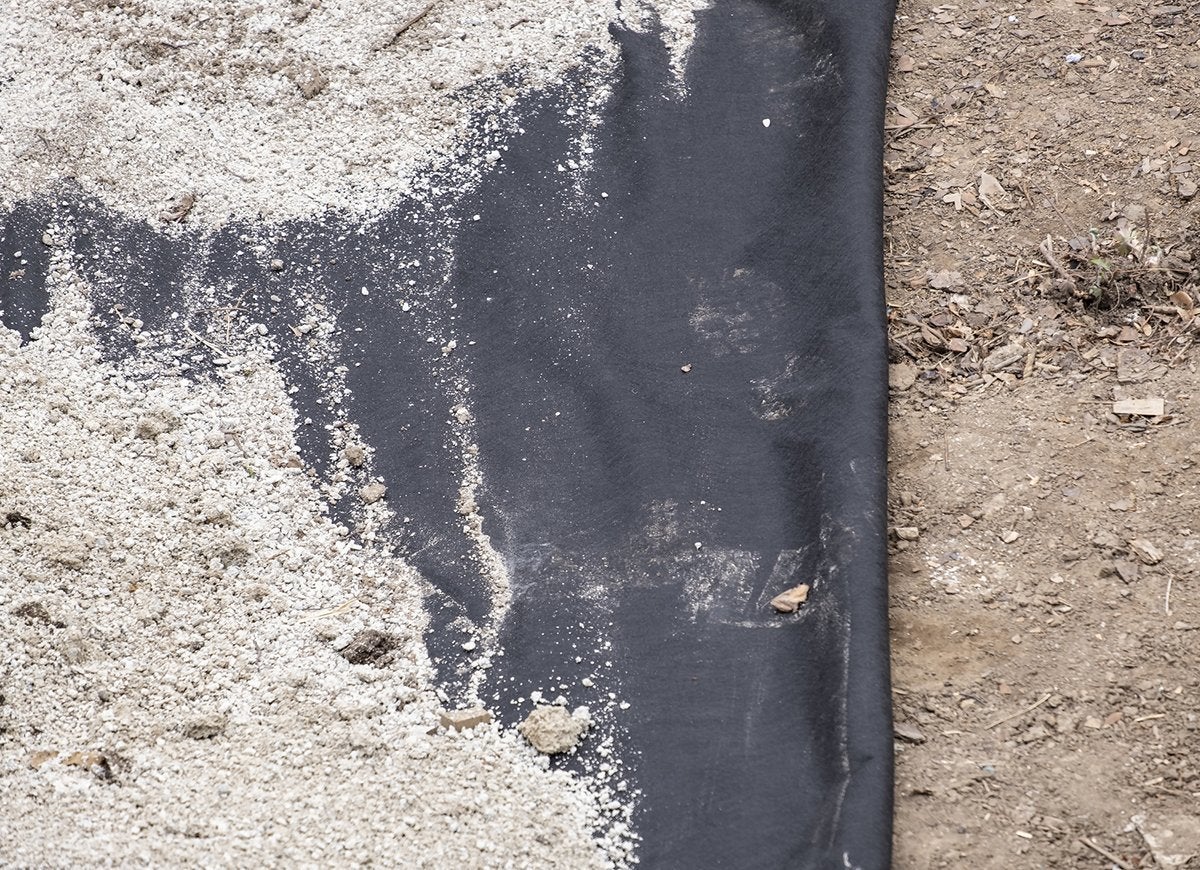
Before place your hives, roll some landscaping fabric on the ground to keep the weeds at bay and save yourself from clearing weeds around your hive. Bees don’t like weed whackers (especially gas powered ones), and pests use these tall grasses as highways into a hive.
Deter bees enemies.
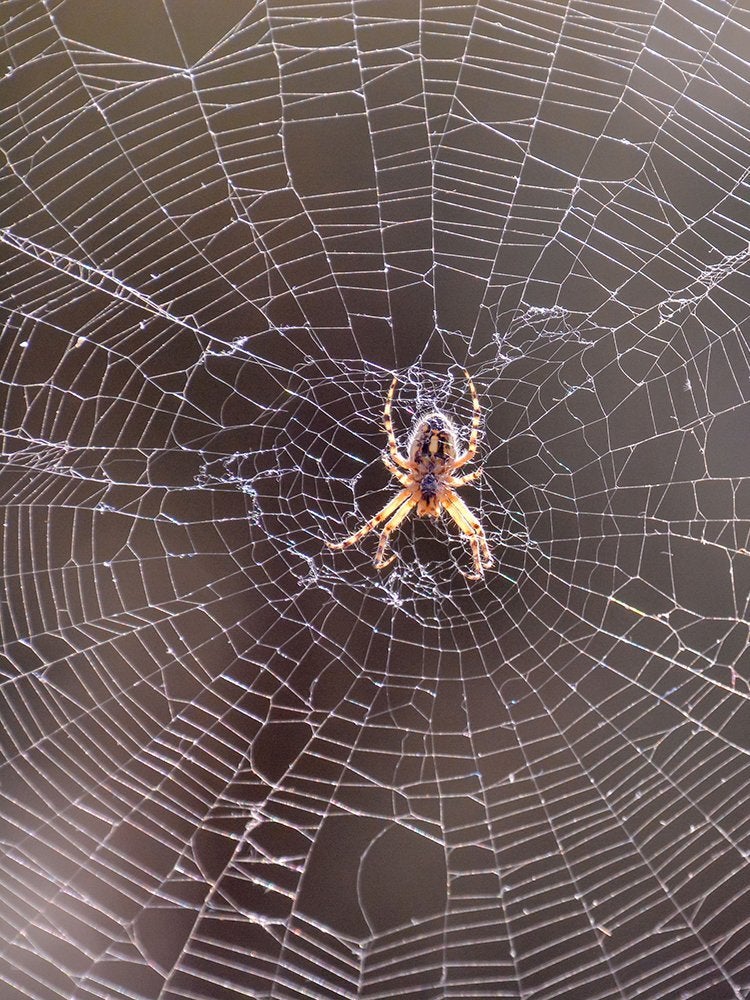
Bees have some natural enemies, but you can protect your apiary with some forethought. Cover the landscaping fabric you put down with cedar mulch to help repel pests like ants and spiders (ants will eat the honey, while the spiders will eat the bees). Yellow jackets also prey on honeybees: If one gets a taste of a weak hive’s honey and tells his buddies, that hives is as good as gone. Help your bees defend their hives with an entrance reducer, making it smaller and easier for guard bees to protect. Once the hive builds up its ranks, you can remove the reducer, as your bees will be better able to fend off yellow jackets.
Thump the box.
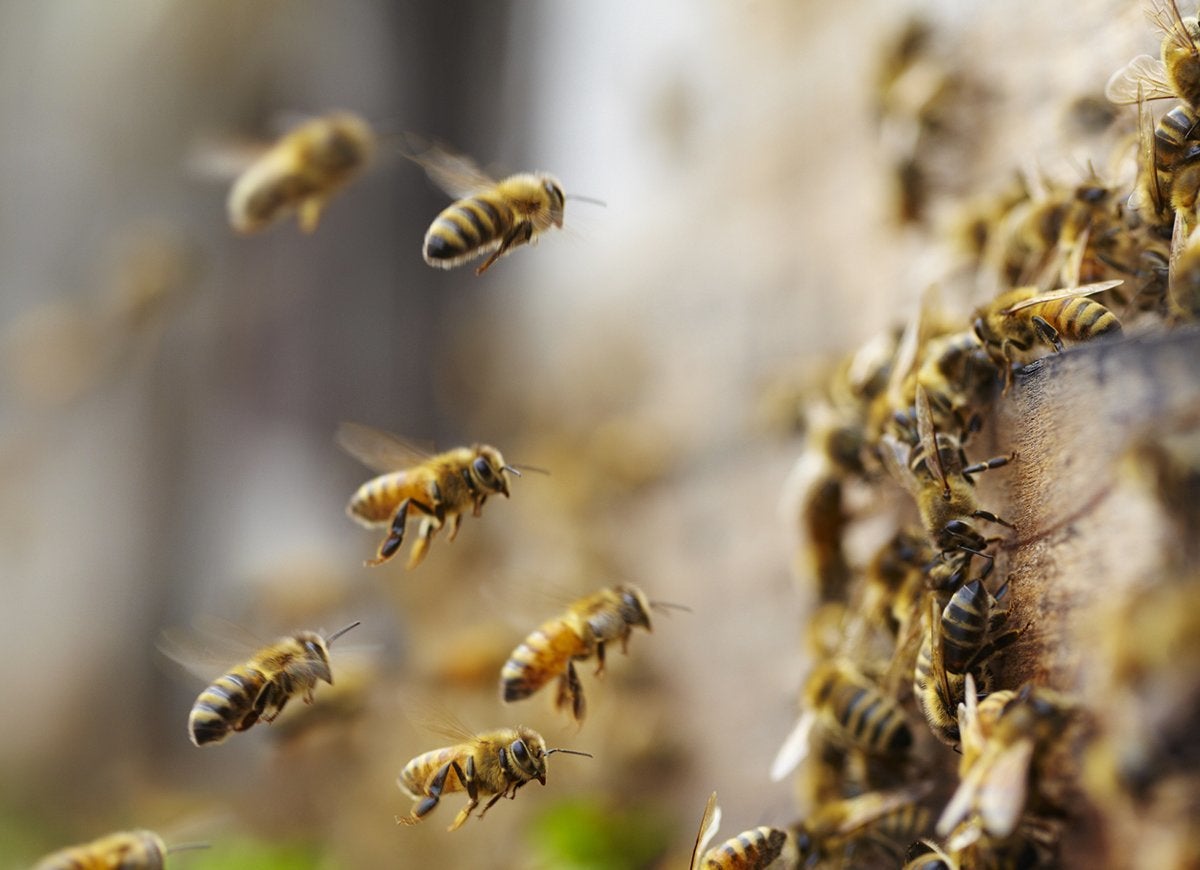
The first time you install a package of bees, you’ll probably be inclined to handle it like a powder keg at a fireworks show. Yet most experts agree that thumping the box on the ground a few times is necessary to harmlessly get bees away from the feeder can so you can install them safely. This may go against everything you learned about stinging insects but trust the pros.
Give the weed eater a rest.
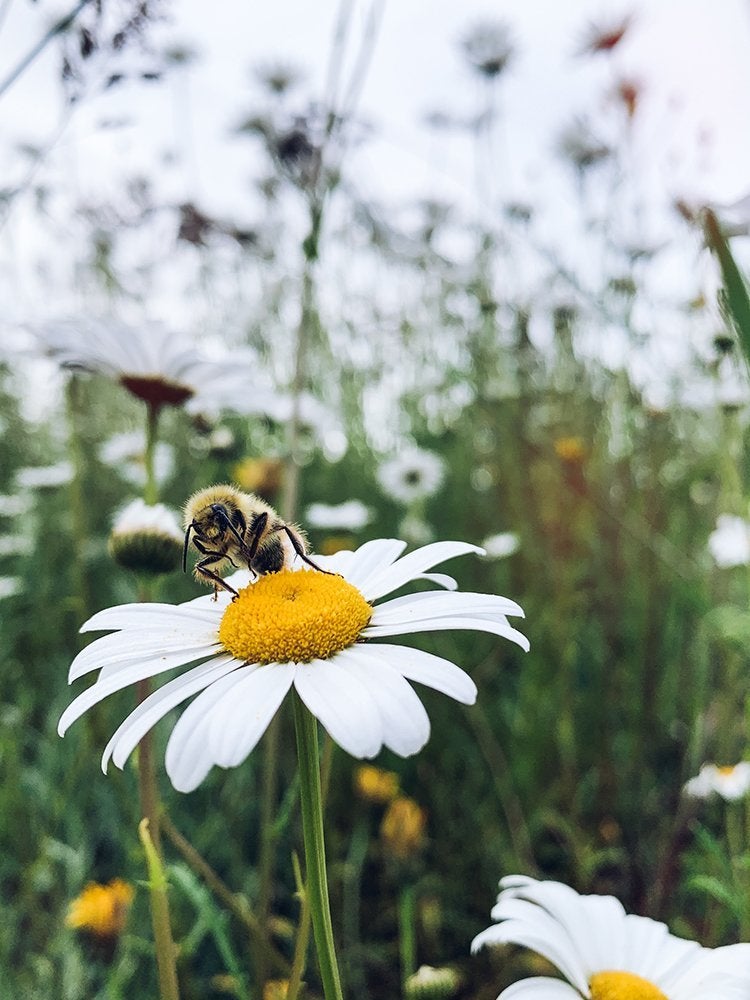
While bees get most of their pollen and nectar from trees, leaving some natural habitat in your yard is a great way to encourage a healthy hive. Many of the indigenous plants folks call weeds are actually extremely helpful for honeybees and other pollinators. If you can stand it, let some dandelion, milkweed, Joe Pye weed, and even poison ivy to grow here and there around your yard.
Let them be!
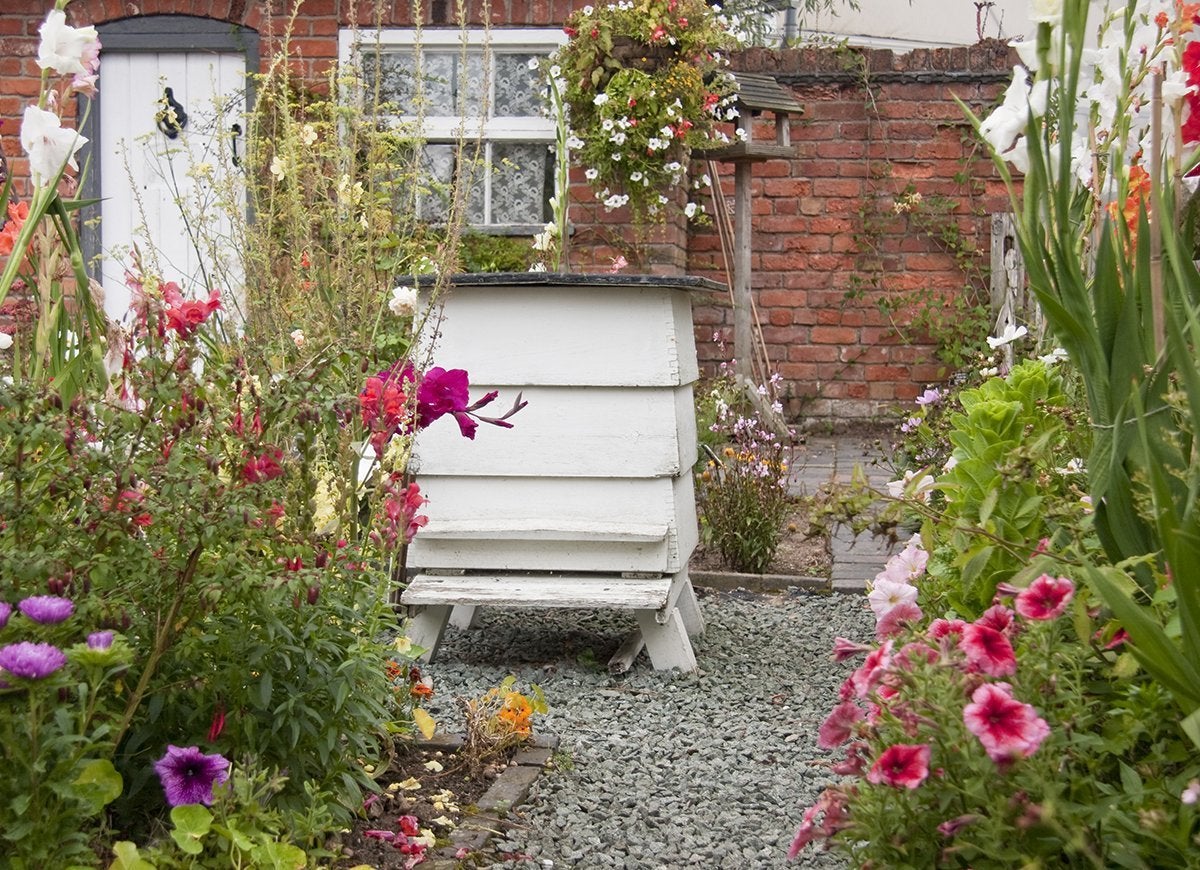
Newbies are notorious for bugging their bees! Yes, you’ll have to feed the insects every five days or so when you first get them, but every time that you dig into your hive to check the progress of their comb-building activity, you’re setting them back a day or two. A healthy colony won’t have trouble rebuilding, but weaker hives might not recover so well. Once your hive establishes itself, check on your bees for misaligned comb (known as cross-comb), pests, and to be sure that your queen is laying eggs, but only once every seven to 10 days.
Resist honey greed.
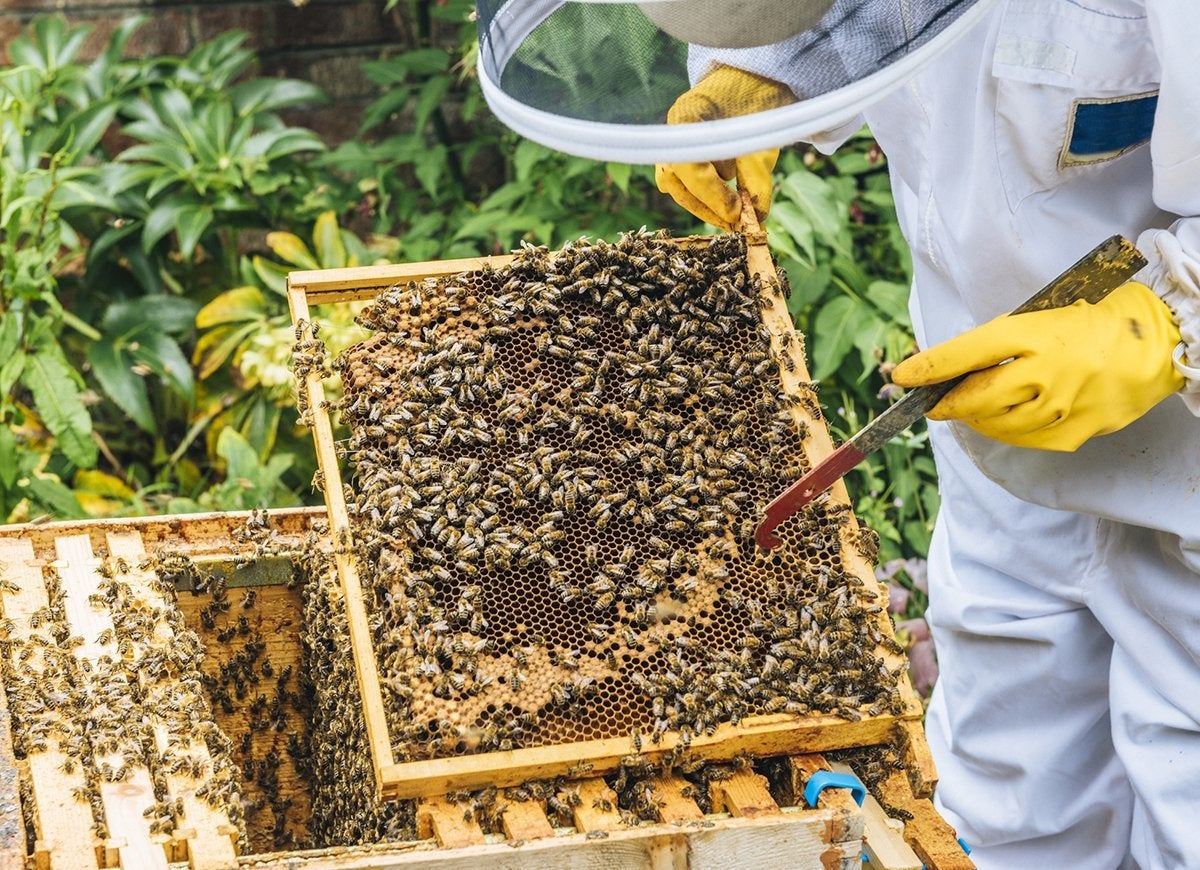
Bees rely on their honey to make it through the winter. Honey’s thermal mass helps keep them warm, and they eat it when they can’t forage for pollen. A strong colony will make loads of honey, far more than they can consume over a winter. That said, you should resist the urge to take too much the first year. Keeping a frame or two for your family is acceptable, but leave the rest for the bees. If they don’t eat it all through the winter, you’re welcome to it in the spring.
Take heart if your bees don’t make it.

Despite your best efforts, there’s a chance that your bees won’t survive the winter. Even the most experienced beekeepers lose between 25 and 50 percent of their hives over the winter. Colony collapse is currently unexplained, and cold winters can be brutal on even a strong hive. If your bees don’t make it through the winter, clean out your hive and start again. On the bright side, you get to claim all the unused honey for your own.

All You Need to Care for Your Lawn & Garden
Keeping your grass green and your plants thriving doesn’t just take a green thumb—it starts with the right tools and supplies.